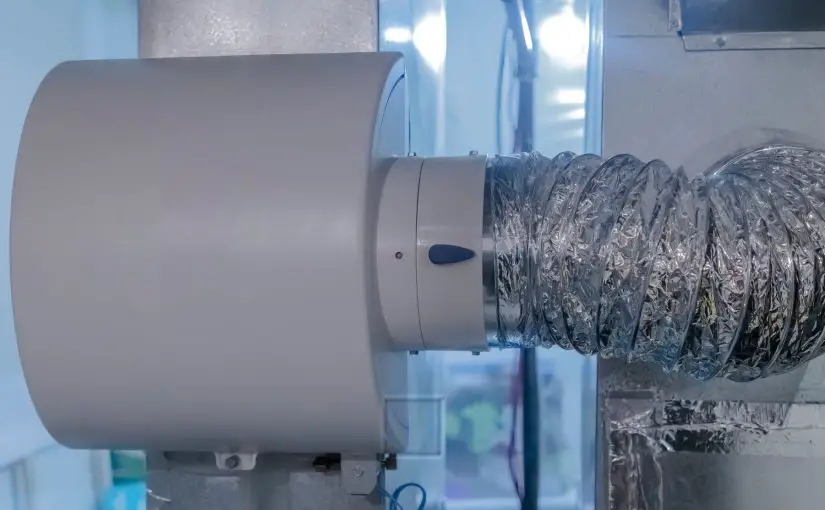If your a pet owner like me, then you want to create the healthiest home environment possible for your companions.
Whether they be covered in fur or feathers, Minimizing exposure to things that could irritate the lungs or trigger allergies is important for people or pets.
But what about the air our pets breathe every day?
Indoor air can contain many pollutants, allergens, and irritants that may go unnoticed but can affect respiratory health over time. This is where air purifiers come in.
Air purifiers can filter out many airborne contaminants, helping to clean the air in your home.
But is purified air safe for pets? Are there benefits to using an air purifier if you have cats, dogs, birds, or other pets?
In this article, we’ll explore the pros and cons of air purifiers for pets and provide tips on choosing the best model for your furry friends. Taking steps to purify the air can be one way to ensure your home supports your pet’s health and wellbeing.
Are air purifiers safe for pets?
 Yes, air purifiers are generally considered safe for pets when used as directed. Air purifiers work by filtering out pollutants, allergens, and irritants from the air, which can benefit pets prone to allergies or respiratory issues.
Yes, air purifiers are generally considered safe for pets when used as directed. Air purifiers work by filtering out pollutants, allergens, and irritants from the air, which can benefit pets prone to allergies or respiratory issues.
5 Benefits of Air Purifiers for Pets
| Benefit | Explanation |
|---|---|
| Removes airborne allergens | HEPA filtration captures dander, pollen, mold, etc. to reduce allergens pets inhale |
| Reduces respiratory irritants | Filters like activated carbon absorb smoke, chemicals, dust that can irritate pet’s airways |
| Limits odors | Eliminating smells from litter boxes, trash cans, etc. creates a fresher home environment |
| Lessens risk of illness | Removing airborne microbes and allergens lowers chances of respiratory infection |
| Cleaner air for older pets | Pets with age-related lung disease benefit from reduced allergens and pollutants |
Air purifiers can provide several benefits for pets:
Reduce airborne allergens
Air purifiers help remove pet dander, dust mites, mold spores, and pollen from the air. This can help reduce allergy symptoms in pets with environmental or seasonal allergies.
Filter out irritants
Air purifiers filter out smoke, chemicals, and other irritants that can aggravate respiratory conditions in pets. This helps create cleaner, more breathable air.
Improve air quality
Pets spend most of their time indoors, so improving indoor air quality with an air purifier can benefit their overall respiratory health.
Reduce odors
Air purifiers with activated carbon filters absorb household odors from pets, smoke, and cooking that can accumulate indoors. This helps keep the air fresher.
Provide cleaner air to older pets
Older pets may benefit from cleaner air if they have age-related respiratory issues like a weakened immune system or lung disease. An air purifier can help reduce airborne agents that could cause infection or irritation.
Limit exposure to airborne microbes
Some air purifiers use UV light technology to inactivate airborne microbes like bacteria, viruses, and mold spores. This helps protect pets with compromised immune systems.
Reduce risk of airborne illnesses
By filtering airborne allergens, pollutants, and microbes, air purifiers may help limit a pet’s  exposure to agents that could potentially cause illness when inhaled.
exposure to agents that could potentially cause illness when inhaled.
Key Factors When Using Air Purifiers for Pets
| Air Purifier Type | Safe for Pets? | Notes |
|---|---|---|
| HEPA filter only | Yes | Avoid models that also ionize or emit ozone |
| Activated carbon filter | Yes | Helps remove odors, gases |
| Ionizing purifiers | No | Produce trace ozone emissions harmful to pets |
| Ozone generators | No | Emits unsafe levels of ozone that can irritate lungs |
| UV light technology | Maybe | Only if sealed UV so no pet exposure |
| Negative ion generators | Maybe | Limited evidence on pet safety |
There are some important factors to consider when using an air purifier around pets:
- Choose the right size air purifier – Make sure to pick an air purifier appropriately sized for the room based on the CADR (clean air delivery rate). Under-sized units will not clean the air effectively.
- Select the proper filter types – The best air purifiers for pets have a HEPA filter to remove allergens and an activated carbon filter to reduce odors and chemicals.
- Don’t use ionizing air purifiers – Ionizing air purifiers can produce trace amounts of ozone, which can be harmful to pets. Look for non-ionizing HEPA air purifiers instead.
- Keep pets away during cleaning – Follow manufacturer’s instructions and keep pets out of the room when cleaning the filters to avoid direct exposure to accumulated allergens and pollutants.
- Follow maintenance guidelines – Replace filters based on the manufacturer’s recommendations to keep the air purifier working properly. Monitor for any reduced airflow or odd smells that could indicate a filter needs replacement.
- Consider the noise level – Make sure to choose an air purifier with a noise level that won’t disturb or stress pets. Some air purifiers are designed to be ultra quiet for pet owners.
- Don’t obstruct air flow – Position the air purifier so furnishings, curtains, or other objects do not block the air intake or outlet, reducing its effectiveness.
Is it worth getting an air purifier for your pet?
For many pet owners, investing in an air purifier can be very beneficial to their pet’s respiratory health. The key advantages of using an air purifier around pets include:
- Reducing exposure to airborne allergens, pollutants, chemicals, odors, and irritants
- Improving overall air quality and breathability indoors
- Limiting airborne microbes like viruses, mold, and bacteria
- Helping manage environmental allergies, asthma, and other respiratory issues
- Providing cleaner air for older pets or those with compromised immune systems
The right air purifier used properly can help create a healthier home environment for pets. Consult with your veterinarian to see if an air purifier could be helpful, especially if your pet has any respiratory concerns. Be sure to follow all guidelines from the manufacturer. With the proper precautions, air purifiers can be a safe and beneficial addition for pets.
 Frequently Asked Questions
Frequently Asked Questions
Are air purifiers safe to use around birds?
Air purifiers are generally safe to use around birds, but it’s important to choose a unit that does not produce ozone, which can be harmful to birds. The best air purifiers for birds rely on HEPA filtration and avoid ionizing technology. Also be sure the noise level is bird-friendly.
Can air purifiers reduce pet hair and dander?
While air purifiers do not eliminate pet hair and dander, they can significantly reduce levels floating in the air by capturing these allergens in the filters. This helps reduce what your pet inhales as well as dander they can spread around on their fur.
Where is the best place to put an air purifier in a room with pets?
The optimal location is near where your pet spends most of their time, such as next to their bed or favorite resting spot. Avoid cluttering the intake or outlet. Raise the unit off the floor to help air circulation.
How often should I change filters on an air purifier for pets?
Most manufacturers recommend replacing HEPA and activated carbon filters every 6-12 months. Pre-filters can be vacuumed and replaced more often, like every 3-6 months. Check your manual and visually inspect filters to monitor when they need replacement.
Can I run an air purifier 24/7 around pets?
Air purifiers are designed to run continuously around the clock. Use a unit appropriately sized for the room that can handle this constant use. Just be sure to turn off and service the air purifier based on the manufacturer’s maintenance guidelines.
Conclusion
Air purifiers can benefit pet health by reducing airborne allergens, irritants, and pollutants when used properly.
Key factors are choosing the right HEPA unit sized for the space and following all operating guidelines.
Investing in an air purifier optimized for pets can help create a cleaner home environment for your furry companions.
As always, consult your veterinarian to see if an air purifier could help manage any respiratory issues your pet experiences.
Peace.



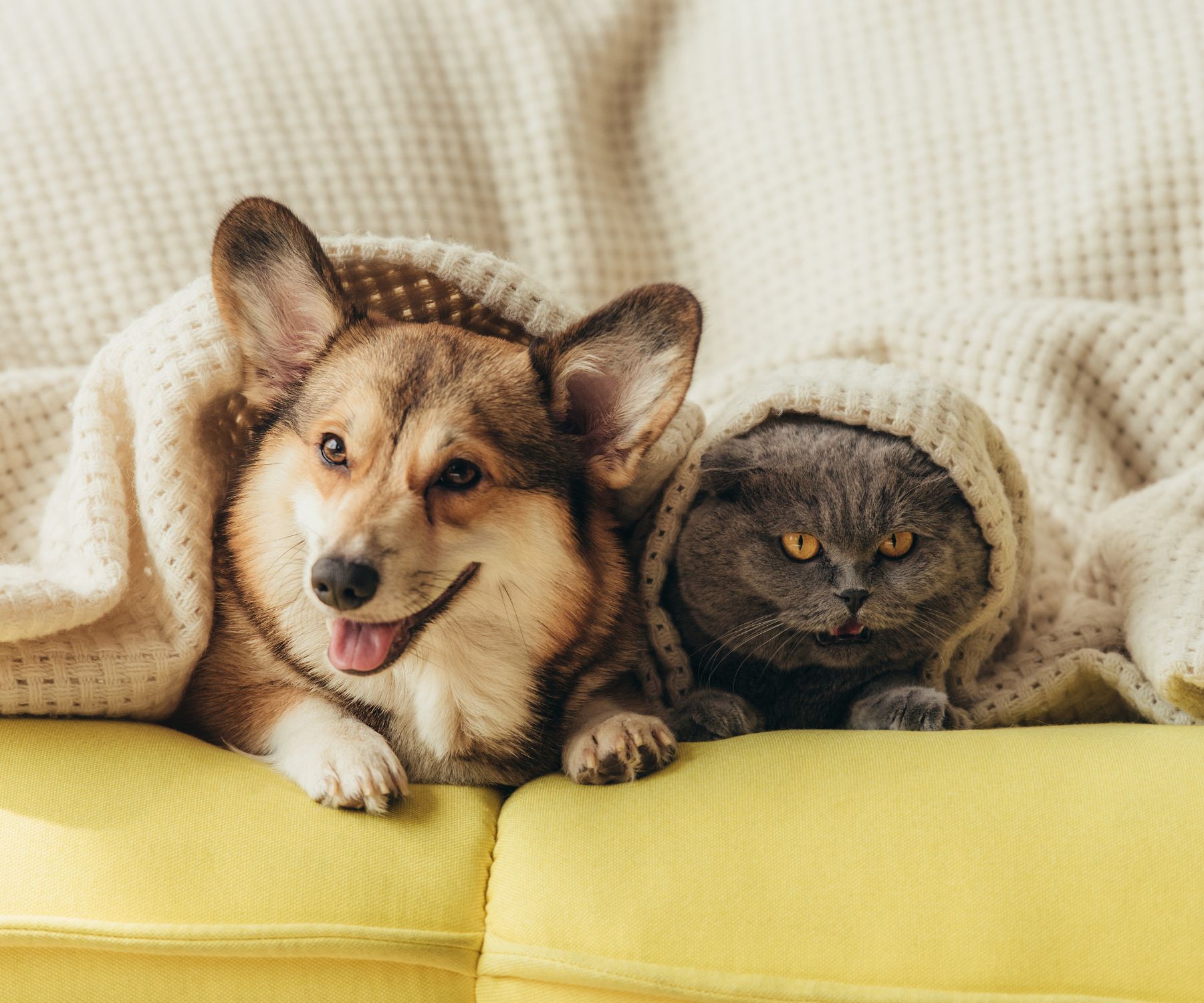


 But it is understandable.
But it is understandable.
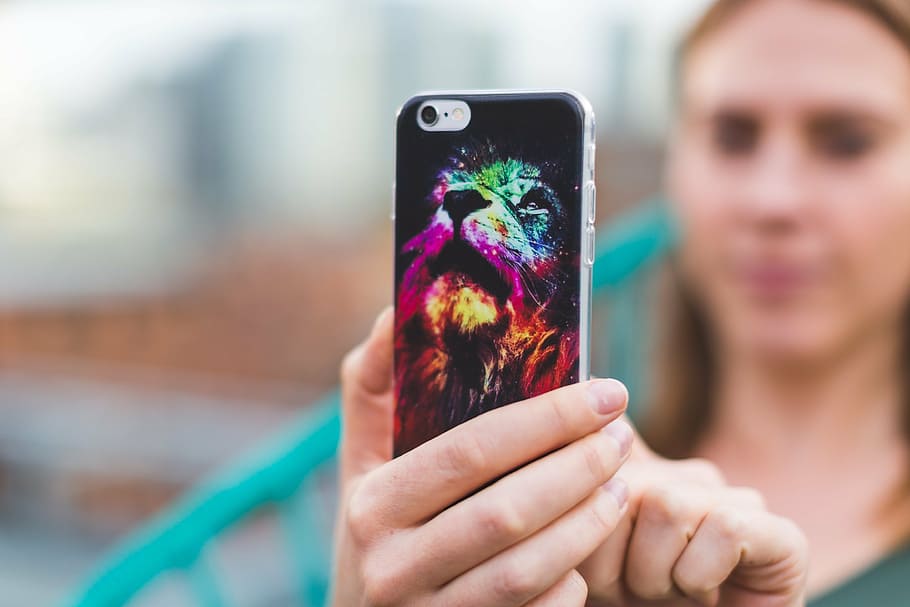
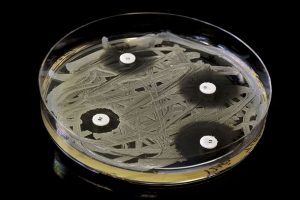
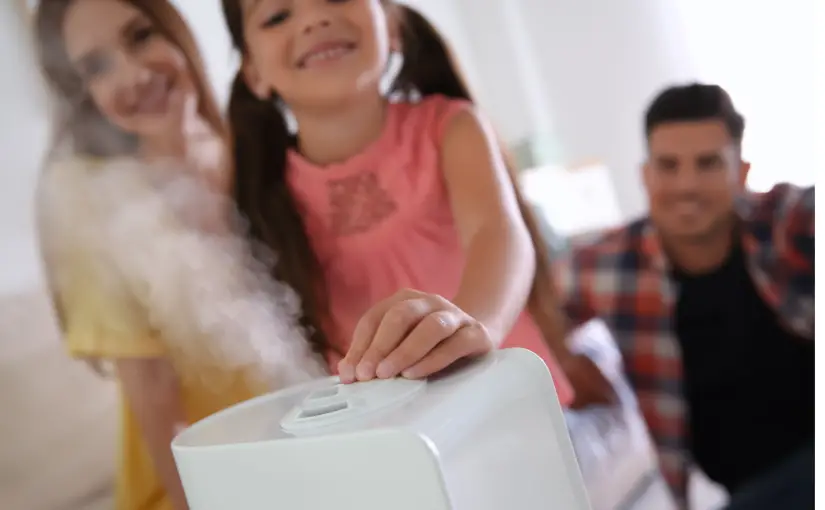


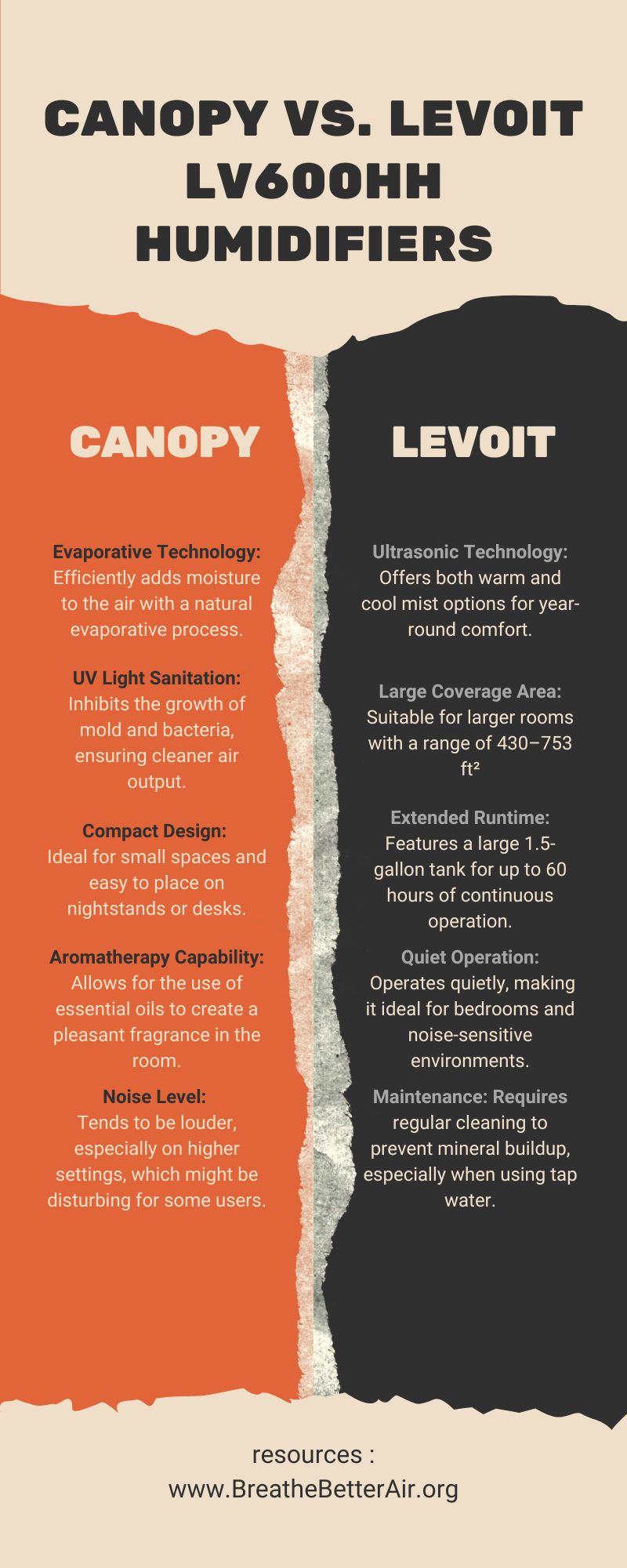





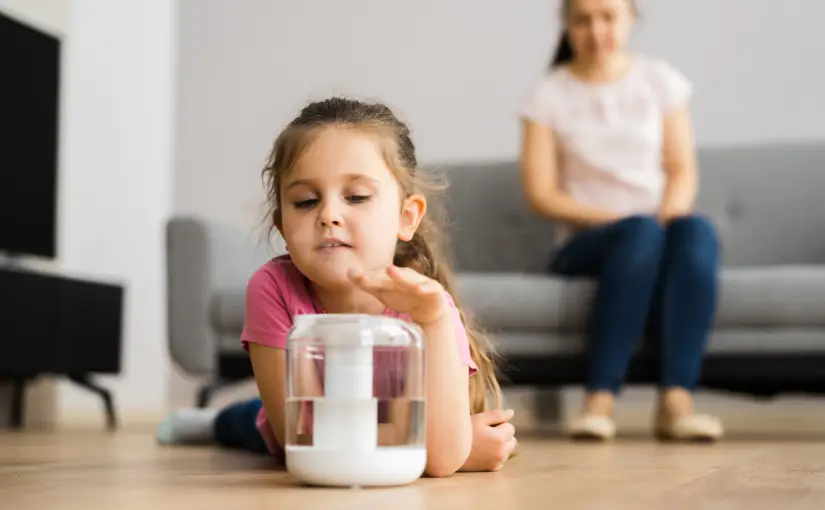
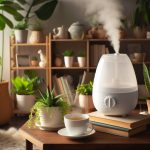
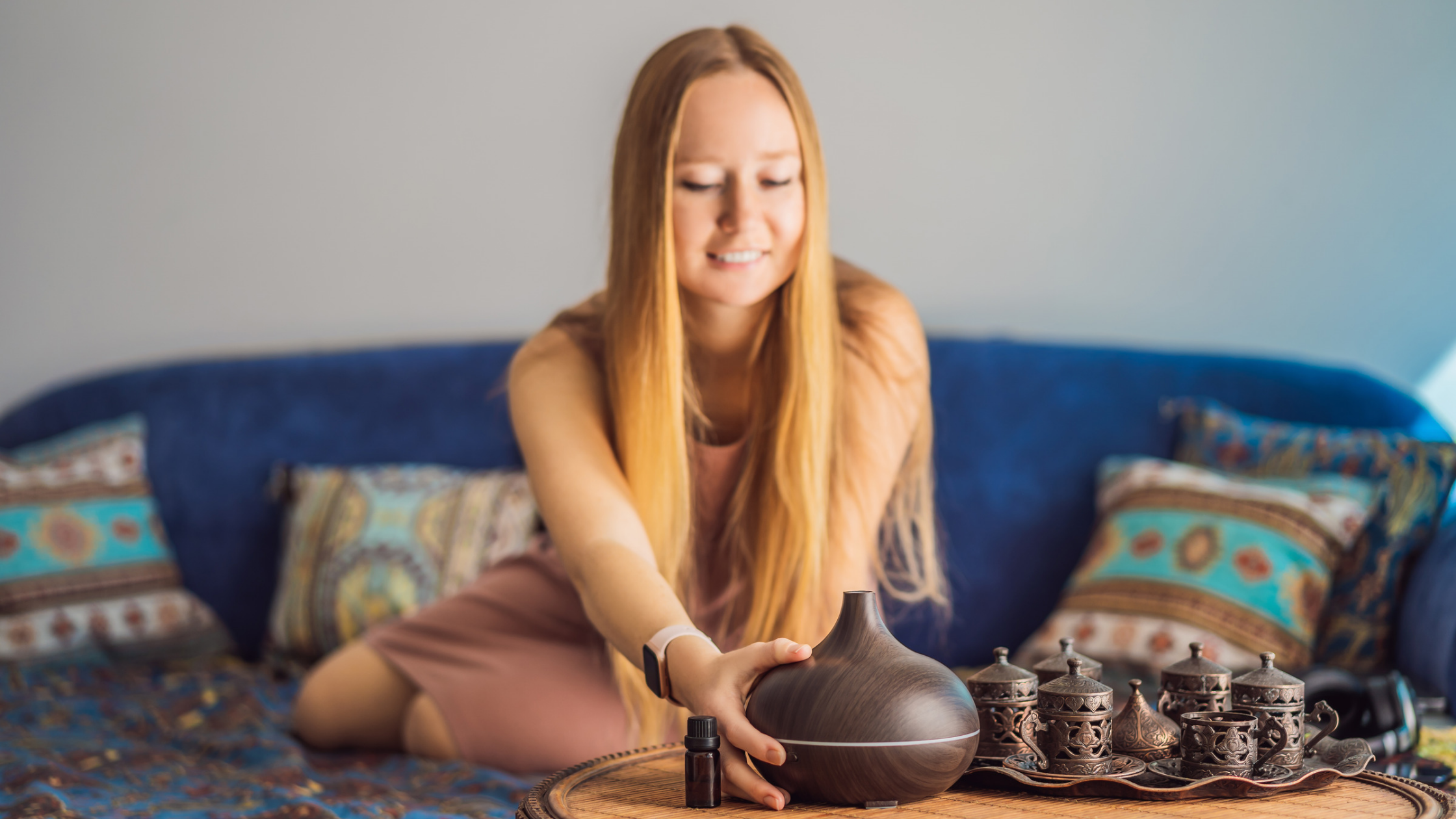
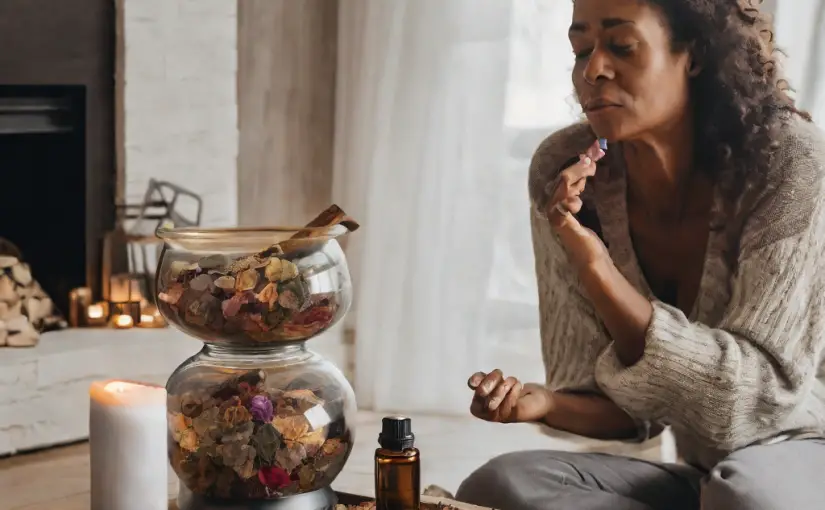

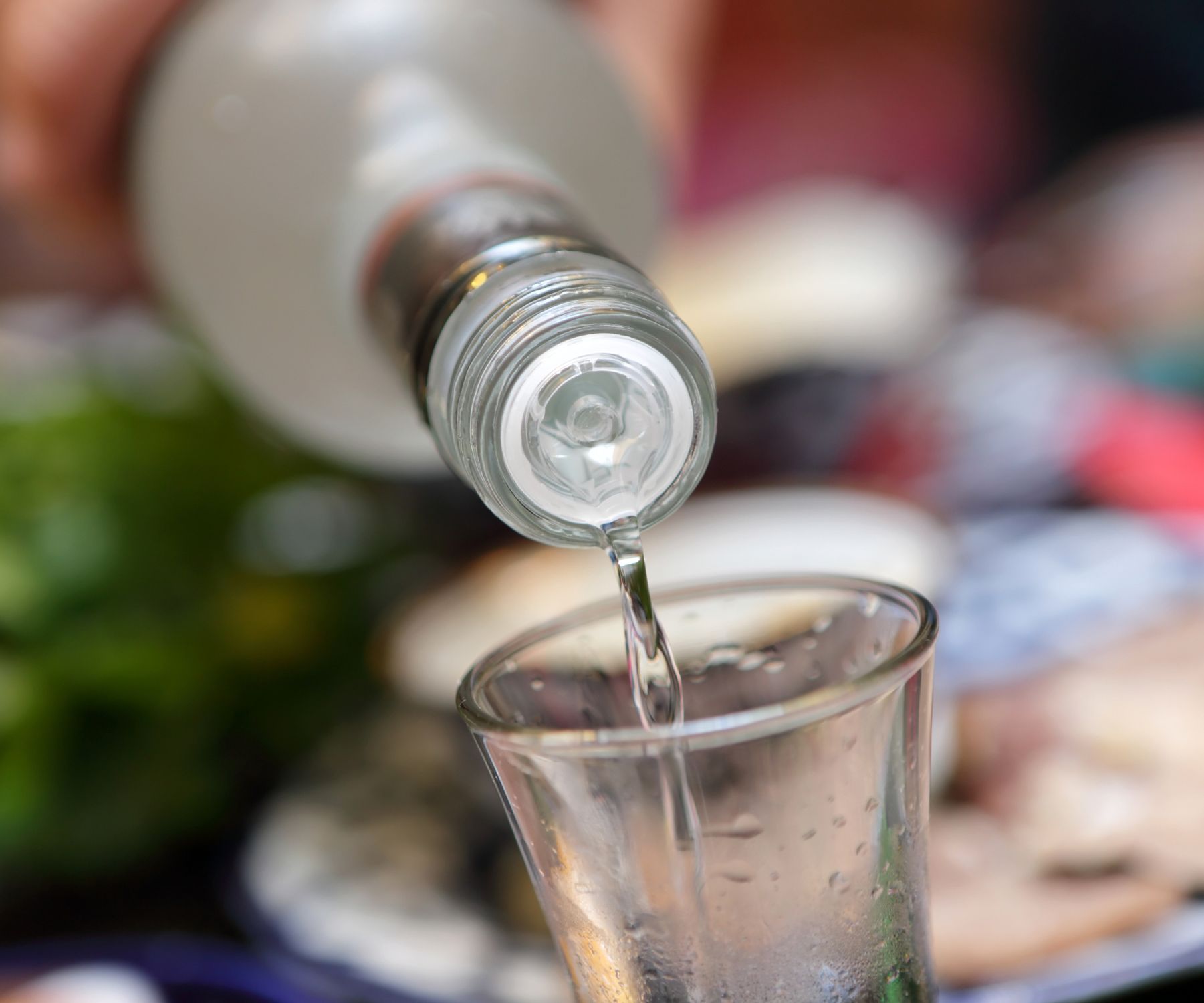

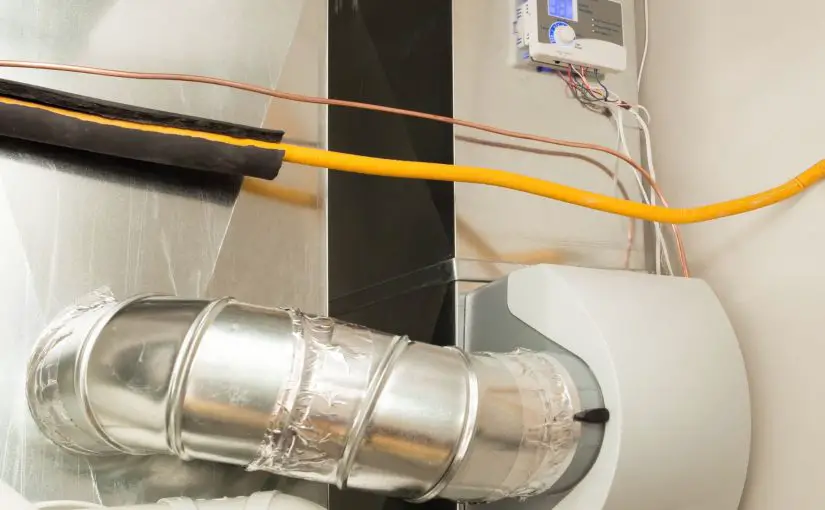


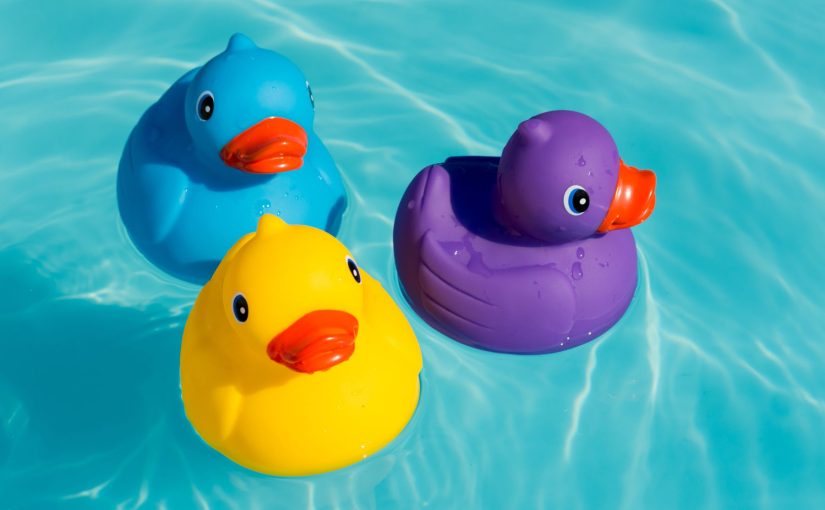
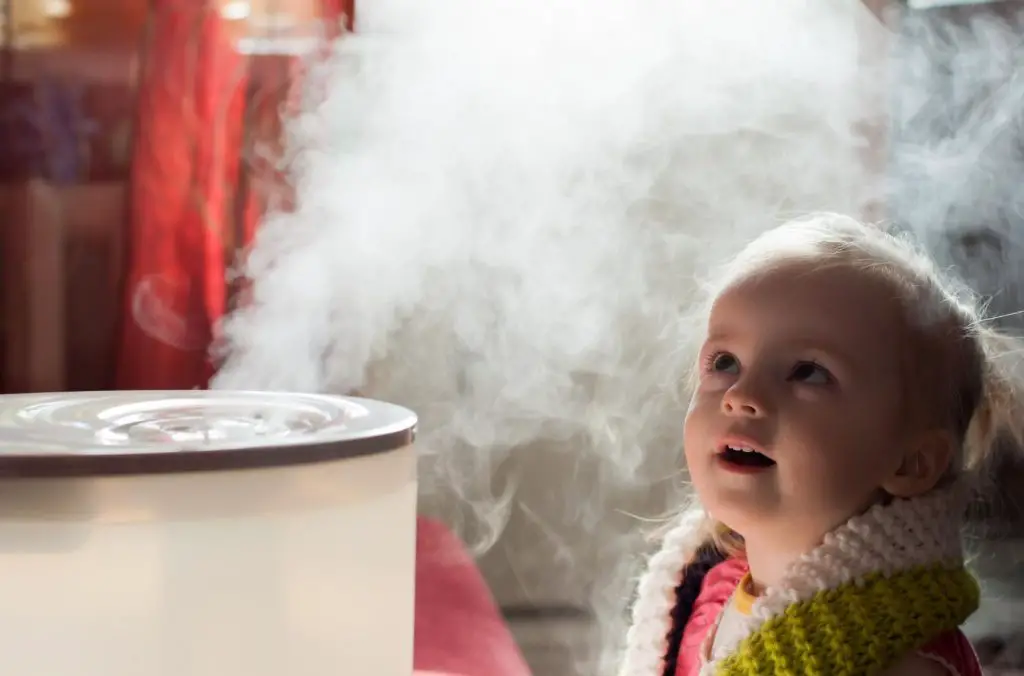 What is a waterless vaporizer?
What is a waterless vaporizer?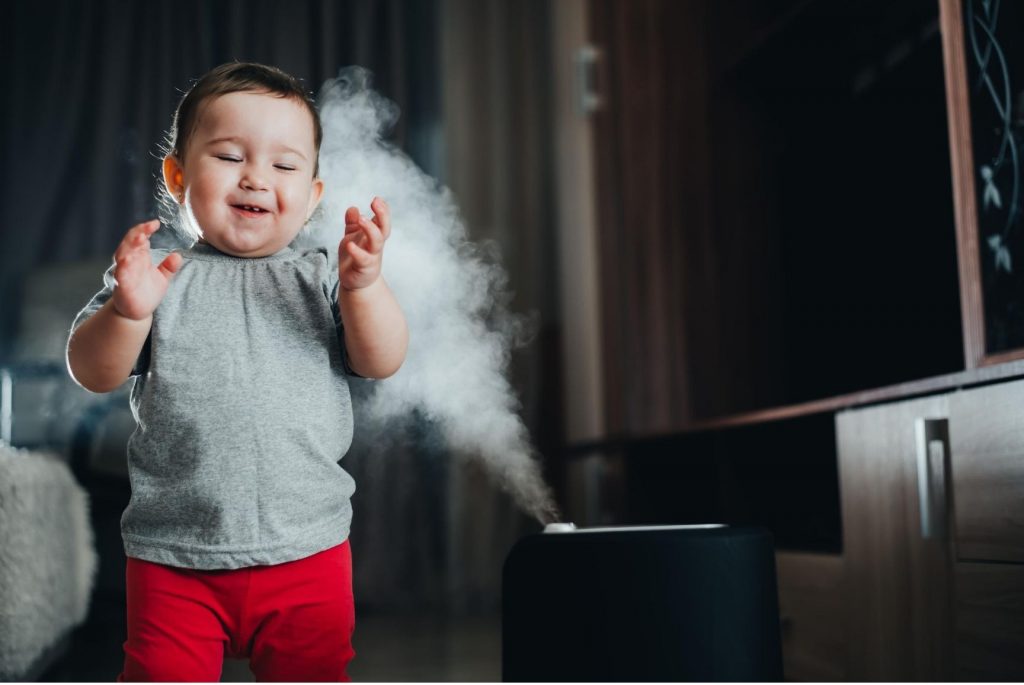 Diffuser vs. Humidifier
Diffuser vs. Humidifier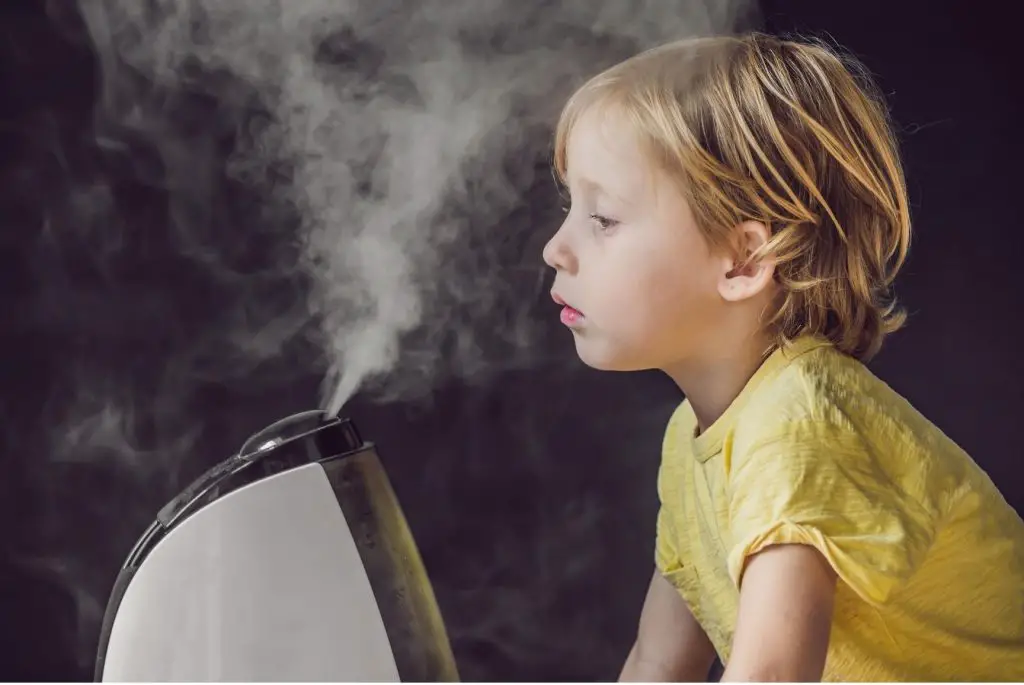 A nebulizer diffuser as an individual product is a much stronger aromatherapy diffuser than an ultrasonic diffuser that is combined with other functions.
A nebulizer diffuser as an individual product is a much stronger aromatherapy diffuser than an ultrasonic diffuser that is combined with other functions.


